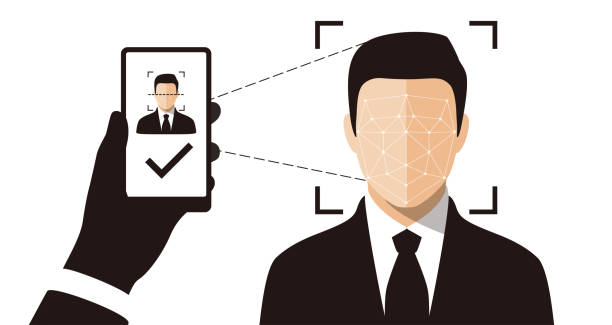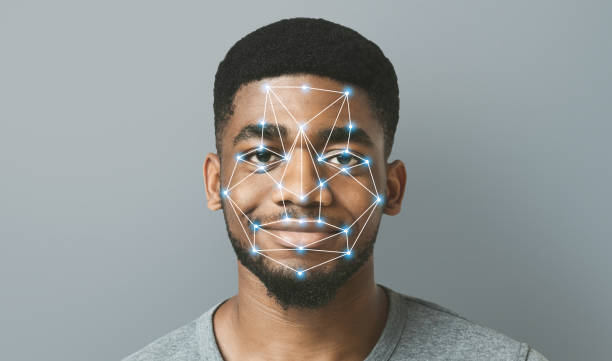Welcome to our post on Facial Comparison Technology, where we’ll explore this ever-evolving field in depth. Facial matching has been one of the most discussed topics in the tech industry in recent years, due to its ability to identify people through their faces. As this technology becomes more advanced, its application has spread beyond security systems and is being used in a wide variety of contexts, from identity authentication to advertising and emotion analysis.
But along with the rapid growth of facial matching technology, concerns about privacy and the protection of personal data have also arisen. The ability to track and monitor people without their consent has led to an intense debate about its regulation and control. In this post, we’ll explore the ethical and social implications of facial matching technology and examine its impact on our everyday lives.
We’ll dive into the inner workings of the machine learning algorithms that power facial matching technology and discuss how personal data is collected, stored, and used. We will also examine current and future use cases for Facial Comparison Technology and assess their potential consequences.
Join us in this exciting exploration of facial matching APIs as we try to understand the benefits and risks it presents to our society and privacy.

What Is A Facial Comparison API?
APIs (Application Programming Interfaces) for facial comparison allow developers to integrate facial recognition and comparison technologies into their applications. These APIs examine facial characteristics and uncover patterns that are unique to each individual’s face using modern algorithms and machine learning approaches. They can establish a match or similarity score by comparing photos or live video streams to a database of recorded images.
Facial recognition APIs have grown in popularity in recent years as businesses and organizations seek more efficient methods of authenticating and verifying identities. They’re utilized in everything from security and law enforcement to online banking and shopping. For example, face comparison APIs can be used to rapidly validate a person’s identification while attempting to access a protected location or perform an online financial transaction.
However, face recognition APIs have created privacy and surveillance issues. In certain cases, face recognition technology has been utilized without the knowledge or agreement of individuals, raising concerns about data security and the potential for exploitation. As a result, there is a continuing dispute concerning the proper use and regulation of face comparison APIs.
Top 3 Benefits Of Facial Comparison Technology
Security: Facial recognition technology is widely used in security to authenticate people’s identities. It might be used at airports, government buildings, and businesses to ensure that only authorized individuals have access to specified areas.
Many businesses utilize facial recognition technology to collect customer data and personalize the shopping experience. It can, for example, be used to provide consumers with tailored offers based on their age or gender.
Detection and prevention of fraud: Facial recognition technology may be used to detect and prevent online fraud and identity theft. It can, for example, be used to authenticate a person’s validity by matching a person’s image with certain identifying information.
Based on all this, we have tested many options in this market, but we have found one option that is very easy to use and is a very powerful one on a technical level. This tool is called the Face Comparison Validator API from Zylalabs.
How Is This API Used And How Is It Obtained?
The API will need you to give either the publicly visible picture URL or the image URL, and our AI will handle the rest. You will get the following intuitive result:
Result Message: In the event of face mismatching, this object will state “the two faces belong to different people” or “the two faces belong to the same person” (in the case of face matching).
This function returns the percentage of similarity between the two faces.
(Please keep in mind that the images given must be clean. That is, the face of the person to be compared must be visible and clear to our AI. Blurry photos, several persons in the same photograph, and unrecognizable faces may result in a comparison mistake.)
For example, the API provides the following response:
{
“statusCode”: 200,
“statusMessage”: “OK”,
“hasError”: false,
“data”: {
“resultIndex”: 0,
“resultMessage”: “The two faces belong to the same person. “,
“similarPercent”: 0.9042724605108994
},
“imageSpecs”: [
{
“leftTop”: {
“isEmpty”: false,
“x”: 718,
“y”: 195
},
“rightTop”: {
“isEmpty”: false,
“x”: 356,
“y”: 176
},
“rightBottom”: {
“isEmpty”: false,
“x”: 337,
“y”: 538
},
“leftBottom”: {
“isEmpty”: false,
“x”: 699,
“y”: 557
}
},
{
“leftTop”: {
“isEmpty”: false,
“x”: 859,
“y”: 160
},
“rightTop”: {
“isEmpty”: false,
“x”: 511,
“y”: 111
},
“rightBottom”: {
“isEmpty”: false,
“x”: 462,
“y”: 459
},
“leftBottom”: {
“isEmpty”: false,
“x”: 810,
“y”: 508
}
}
]
}

To utilize it, you must first do the following:
1- Navigate to Face Comparison Validator API and click the “TRY FREE FOR 7 DAYS” option to begin utilizing the API.
2- You will be issued your unique API key after registering in Zyla API Hub.
3- This endpoint will receive the image URL and will provide you with the comparison results. You will be able to tell if the two pictures correspond to the same person.
4- Once you’ve found your required endpoint, perform the API request by selecting the “run” button and viewing the results on your screen.
Related Post: Facial Recognition API: A Complete Guide For Beginners

